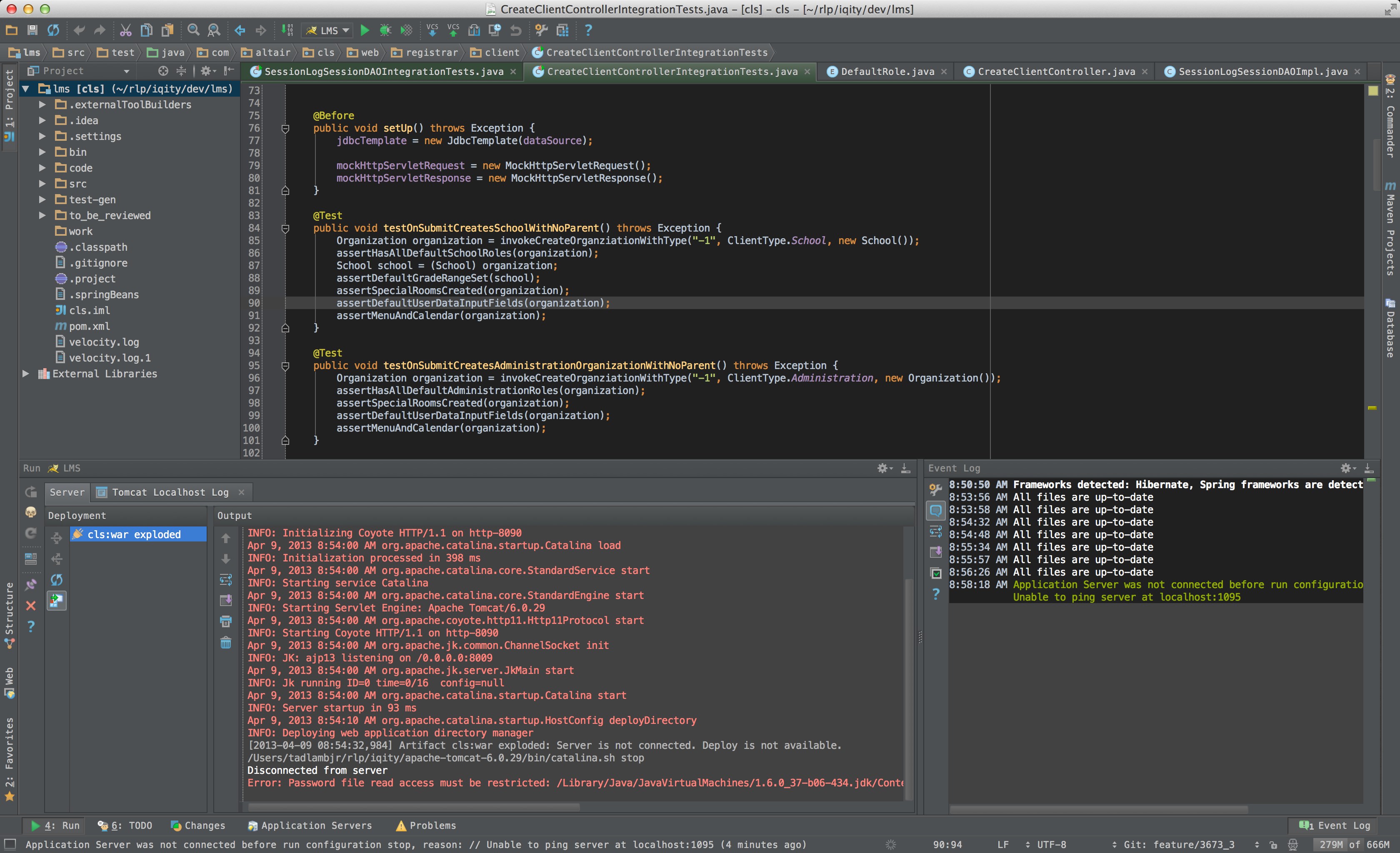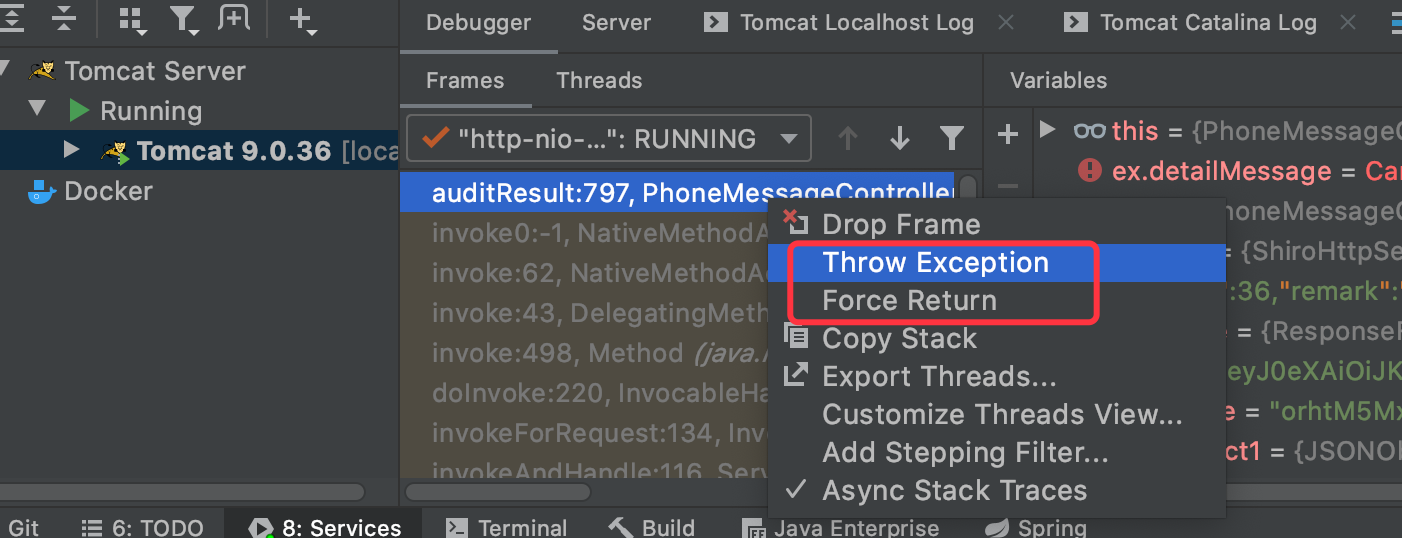
For example, you can easily do that via the main menu: choose Tools → Deployment → Upload to MyServer, and make sure that the new directory C:\xampp\htdocs is created on the server.Īnother approach is to use the context menus of the files: both contain same command Upload to MyServer. The Remote Hosts tool window shows the newly created server: To do that, on the main menu, choose Tools → Deployment → Browse Remote Hosts. Let's make sure the server is up and running, and, which is even more important, visible to IntelliJ IDEA. To do that, click button in the Deployment toolbar. Here define the local path, the deployment path on the server (which is relative to the folder specified in the Connection tab), and the Web path on the server: In the Connection tab, specify the directory where your local files will be uploaded in our case, this directory is C:\xampp\htdocs - it means that the local files will be uploaded to this directory:Ĭlick the Mappings tab. To do that, open Settings/Preferences dialog (press Ctrl+Alt+S or click on the main toolbar), in the Deployment page click and specify the server name MyRemoteServer and type local or mounted server. This is most easy – just click the left gutter at the line you want the script to suspend: Now let’s set breakpoints to our JavaScript file.
#Intellij idea debugger code
To do that, type the following code inside the tags: Next, embed a reference to a JavaScript file into this HTML file. IntelliJ IDEA stubs out an HTML file with some initial contents. To do that, with the Project tool window having the focus, press Alt+Insert, choose HTML file on the pop-up menu, and enter the file name numbers:

As you see, this project is empty:įirst, let’s create a HTML page. On the main menu, choose File→New Project, choose the Web project type, and specify the project name and location:.You are using XAMPP as an application server (this tutorial is written for XAMPP).Ĭreate a simple project for Web development:.
#Intellij idea debugger install
You can install JetBrains IDE Support extension yourself. If you launch the debugger for the very first time, IntelliJ IDEA will warn you about the necessity to install the extension JetBrains IDE Support.įor example, with Chrome, you can tell that JetBrains extension is installed and activated, when icon shows to the right of the address bar, and it is non-transparent.


The program stops at the same breakpoint. Resume the debugger session by clicking Resume program in the Debug tool window.



 0 kommentar(er)
0 kommentar(er)
